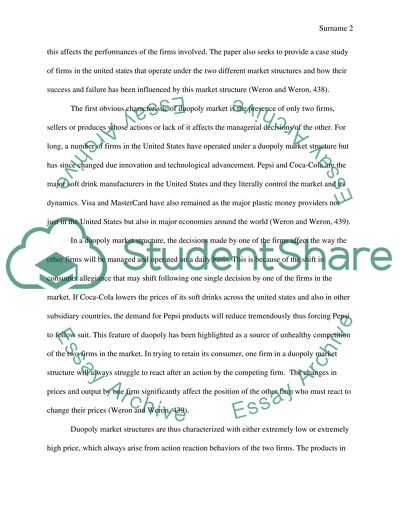Cite this document
(Monopolistic Competition and Duopoly Market Structures Term Paper, n.d.)
Monopolistic Competition and Duopoly Market Structures Term Paper. Retrieved from https://studentshare.org/macro-microeconomics/1622750-assessment-2
Monopolistic Competition and Duopoly Market Structures Term Paper. Retrieved from https://studentshare.org/macro-microeconomics/1622750-assessment-2
(Monopolistic Competition and Duopoly Market Structures Term Paper)
Monopolistic Competition and Duopoly Market Structures Term Paper. https://studentshare.org/macro-microeconomics/1622750-assessment-2.
Monopolistic Competition and Duopoly Market Structures Term Paper. https://studentshare.org/macro-microeconomics/1622750-assessment-2.
“Monopolistic Competition and Duopoly Market Structures Term Paper”, n.d. https://studentshare.org/macro-microeconomics/1622750-assessment-2.


